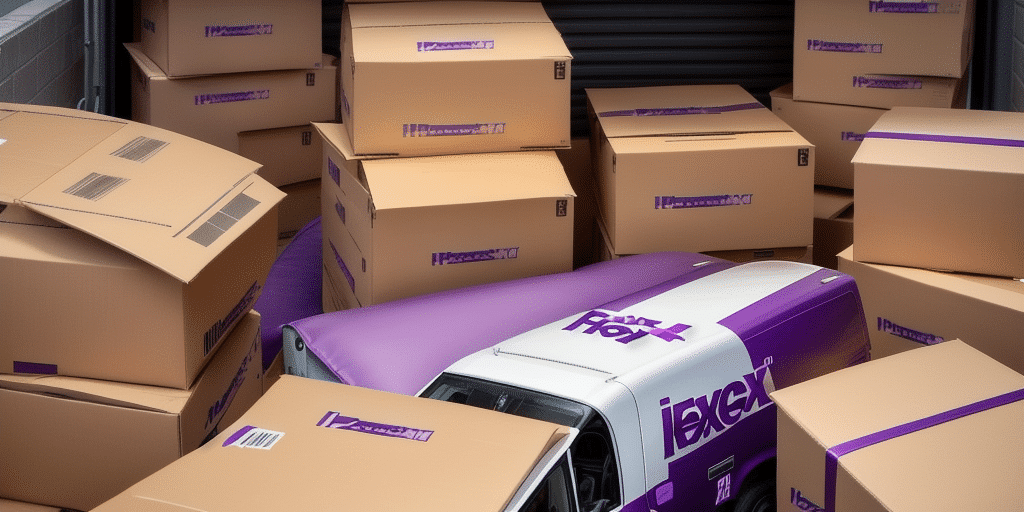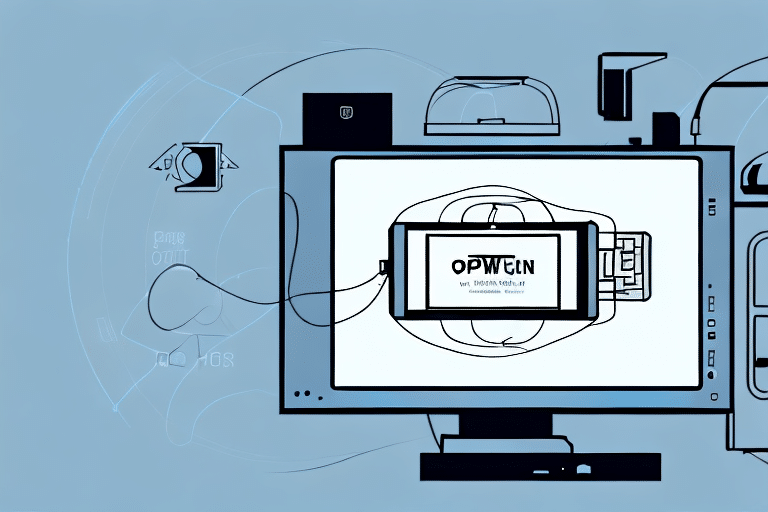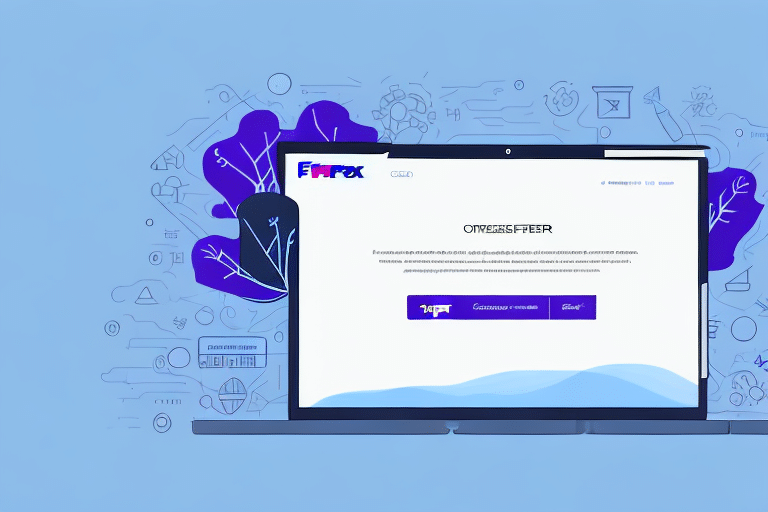Understanding the Importance of Migrating FedEx Ship Manager
If your business relies on FedEx to manage shipments, it's crucial to utilize the latest version of FedEx Ship Manager. FedEx regularly updates Ship Manager to enhance features, functionality, and security. Migrating to a newer version ensures your shipping processes remain efficient and secure, leveraging the latest technologies and capabilities available in FedEx shipping.
Reasons to Migrate Your FedEx Ship Manager
Enhanced Features and Functionality
Newer versions of FedEx Ship Manager offer improved shipment tracking, easier label printing, and better integration with other systems and software. These enhancements can streamline your shipping processes, saving time and reducing errors.
Improved Security and Support
Older versions may no longer receive updates or support from FedEx, potentially exposing your business to security vulnerabilities. Migrating to the latest version ensures you benefit from the latest security protocols and technical support.
Scalability for Business Growth
As your business expands, the need to handle a larger volume of shipments increases. Newer versions of Ship Manager are designed to manage higher shipping volumes efficiently, providing the scalability required for growing operations.
Exploring Different Versions of FedEx Ship Manager
Ship Manager Lite
A web-based version suitable for businesses with lower shipping volumes. It offers basic shipping functionalities without the need for extensive setup.
Ship Manager
The desktop version designed for businesses with higher shipping volumes. It provides advanced features and greater control over shipping processes.
Ship Manager Server
A network-based version that allows multiple users to access the software simultaneously, ideal for businesses with multiple locations.
Ship Manager API
An interface that enables integration with custom software applications and systems, offering flexible automation options for complex shipping requirements.
Choosing the Right Version for Your Business Needs
Assessing Your Shipping Volume
Evaluate your average monthly shipments to determine whether a Lite, desktop, or server version aligns with your operational needs.
Number of Users and Integration Requirements
Consider how many employees need access to Ship Manager and whether you require integration with other business systems. This will influence the choice between versions.
Cost Considerations
Different versions may have varying pricing structures. It's essential to review the costs, including any additional fees for features or support, to make an informed decision.
Preparing for a Successful Migration
Evaluating Current Shipping Processes
Identify areas for improvement in your existing shipping workflows to ensure that the new version addresses these needs effectively.
Data Preparation
Backup your current shipping data, eliminate duplicates, and ensure data is formatted correctly for the new version. Proper data preparation minimizes errors during migration.
Stakeholder Communication and Training
Inform employees and stakeholders about the upcoming migration, providing training sessions to familiarize them with the new software features and workflows.
Best Practices for Migration
Thoroughly Testing the New Version
Before fully transitioning, conduct comprehensive testing to identify and resolve any issues, ensuring that the software operates smoothly in your business environment.
Providing Ongoing Support
Ensure that support resources are available to assist employees during the transition, addressing any questions or challenges promptly.
Having a Contingency Plan
Prepare backup plans to handle potential issues during migration, such as data recovery methods or alternative workflows, to maintain business continuity.
Post-Migration Steps and Team Training
Verifying Data Integrity
After migration, confirm that all data has been accurately transferred and is accessible within the new system.
Comprehensive Testing
Ensure that all functionalities are working as expected and that shipping processes operate efficiently with the new software.
Employee Training and Documentation
Provide detailed training sessions and create user manuals or quick reference guides to help employees adapt to the new system effectively.
Troubleshooting Common Migration Issues
Data Loss Prevention
Implement robust backup protocols and verify data integrity throughout the migration to prevent loss of critical shipping information.
Minimizing System Downtime
Plan migration during off-peak hours and ensure that you have technical resources ready to address any immediate issues that may arise.
Resolving Unexpected Errors
Maintain a close working relationship with FedEx support and technical teams to quickly address and resolve any unforeseen errors during migration.
Conclusion
Migrating to a newer version of FedEx Ship Manager can significantly enhance your shipping operations by providing improved features, security, and scalability. By carefully planning and following best practices, your business can ensure a smooth transition, minimizing disruptions and maximizing the benefits of the updated software. For more detailed guidelines, refer to the FedEx Ship Manager Overview provided by FedEx.




















